10 Remedies to Say Goodbye to Calluses and Blisters
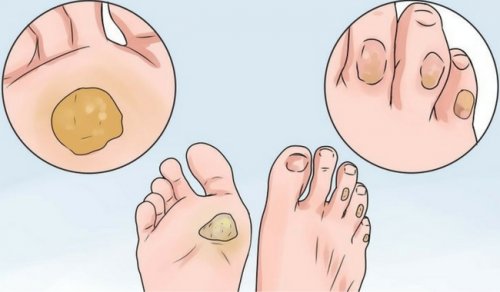
Your feet are one of the hardest working parts of your body. They bear the tension, weight, and stress of constant impact. Over time and without the proper care, it’s common to develop calluses and blisters that cause pain and discomfort.
Keep reading to learn more about the differences between these two conditions, and find out about some natural remedies for both!
The differences between calluses and blisters
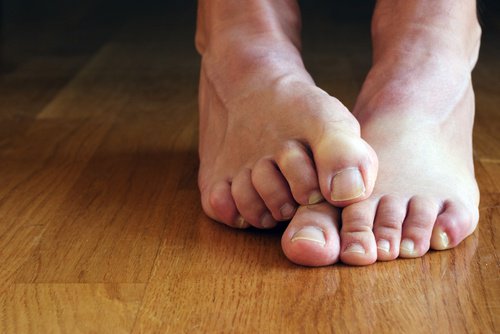
Calluses and blisters develop for very similar reasons: excessive friction or pressure on part of your foot. This causes your skin to harden and dull.
What a lot of people don’t realize is that even though they form in a similar way, calluses and blisters aren’t the same.
- Blisters can appear unexpectedly on the feet, between the toes or instep, and are painful to the touch.
- Calluses are generally larger and appear on the soles of the feet and palms of the hands. They’re generally not painful.
There are plenty of pharmaceutical remedies you can use to get rid of both conditions. But, if you prefer something more natural, then we have the information you’ve been looking for.
You might like:
Lemon
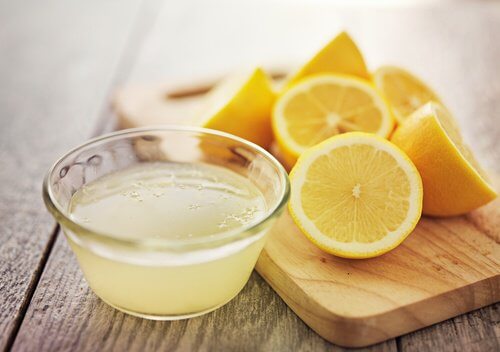
When you have a painful blister, most of the pain comes from the center, where there’s constant pressure. That pressure is also what increases the inflammation.
Thanks to their large quantities of antioxidants and soothing agents, lemons can soften hardened skin. This helps relieve the pressure on the center, which means it also helps relieve the pain.
Castor oil
If your calluses and blisters are really hard, this could be one of the best solutions for you.
This time-honored remedy can treat many different skin disorders. It’s highly effective at softening calluses and blisters when you mix it with warm water and soap.
Wet a pumice stone in this mixture and rub across the callous for quick, painless removal.
Onion
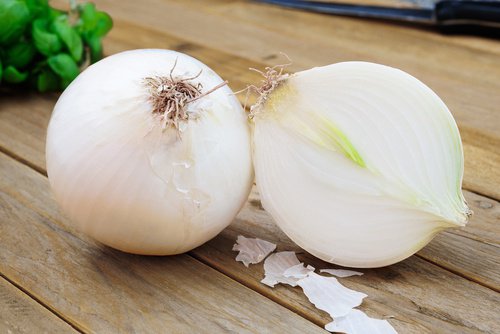
Onions are rich in nutrients and powerful acids that can neutralize infections and stimulate your immune system.
On top of that, onion juice softens the hard skin of calluses and blisters, helping to remove dead skin.
Apply the onion directly to the affected area and cover with a bandage for 1-2 days to allow it to work its magic on the dead skin.
Baking soda
This accessible remedy is great for exfoliating the skin and keeping it healthy, oxygenated, and well protected.
Soaking your feet in baking soda dissolved in warm water will soften calluses and blisters. Once the dead skin is gone, baking soda provides protection against fungal infections and bacteria.
Garlic
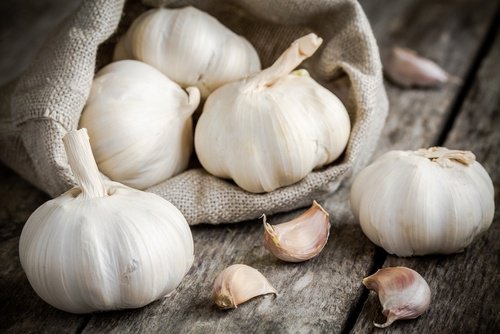
As one of the best antioxidants known to humankind, garlic is an important resource in both the kitchen and for your health.
The powerful acids and compounds in it (especially allicin) help improve foot health and reduce inflammation.
It’s also a great natural antibacterial that will protect your feet and toes from future infection.
Massage
Whenever you massage any part of your body, it increases the blood flow to that area.
This oxygenated blood helps remove dead cells by “pushing” newer ones to the surface.
Massage can also soften the hard skin of calluses and blisters, making them easier to get rid of.
Papaya
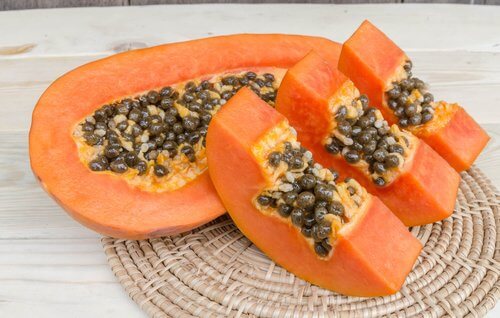
This is an incredible fruit with tons of health benefits, so it’s generally a good idea to eat it often.
Applying it topically to calluses and blisters makes is an excellent remedy. Extract the juice and gently massage it into the affected area. Its astringent properties will help remove dead skin cells and accelerate the healing process.
Aspirin
Most people associate aspirin with headaches, but it can also help reduce blood pressure thanks to its anticoagulant properties.
It improves circulation to the hands and feet, where blisters and calluses are more common.
Taking aspirin in moderation also helps you develop new skin cells and work off dead layers.
Read more:
Epsom Salts
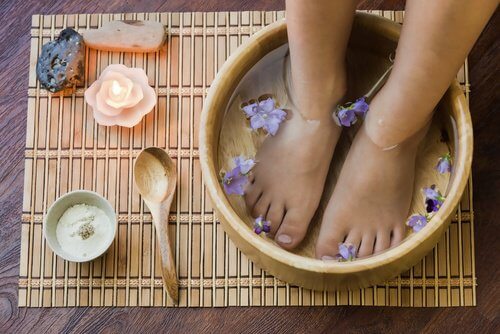
This may not be the quickest remedy, but it’s one of the most effective.
Adding Epsom salts to a warm bath and soaking calluses for 10 to 15 minutes helps soften hard skin and makes it much easier to remove with a file.
This is thanks to the unique mixture of minerals and organic compounds in them.
Just be careful not to file too deeply. You could increase your risk of infection and other complications.
Vitamin E
The antioxidants in vitamin E are your best bet when it comes to taking care of your skin. Vitamin E capsules are an easy way to make sure you’re getting enough of this important vitamin.
It improves the skin’s appearance and promotes the natural shedding of dead skin cells, not just on calluses, but all over the body.
Here are some foods rich in vitamin E:
- Sunflower seeds
- Hazelnuts
- Broccoli
- Pumpkin
What are you waiting for? Give these great natural remedies a try!
All cited sources were thoroughly reviewed by our team to ensure their quality, reliability, currency, and validity. The bibliography of this article was considered reliable and of academic or scientific accuracy.
- García, R. G., & López-Jaramillo, P. (2008). Uso de aspirina en la prevención de enfermedades cardiovasculares. Revista Colombiana de Cardiología.
- Banerjee, S. K., & Maulik, S. K. (2002). Effect of garlic on cardiovascular disorders: A review. Nutrition Journal. https://doi.org/10.1186/1475-2891-1-1
- Johnson, W. (2007). Final report on the safety assessment of ricinus communis (castor) seed oil, hydrogenated castor oil, glyceryl ricinoleate, glyceryl ricinoleate SE, ricinoleic acid, potassium ricinoleate, sodium ricinoleate, zinc ricinoleate, cetyl ricinoleate, ethyl ricinoleate, glycol ricinoleate, isopropyl ricinoleate, methyl ricinoleate, and octyldodecyl ricinoleate. International Journal of Toxicology. https://doi.org/10.1080/10915810701663150
This text is provided for informational purposes only and does not replace consultation with a professional. If in doubt, consult your specialist.








